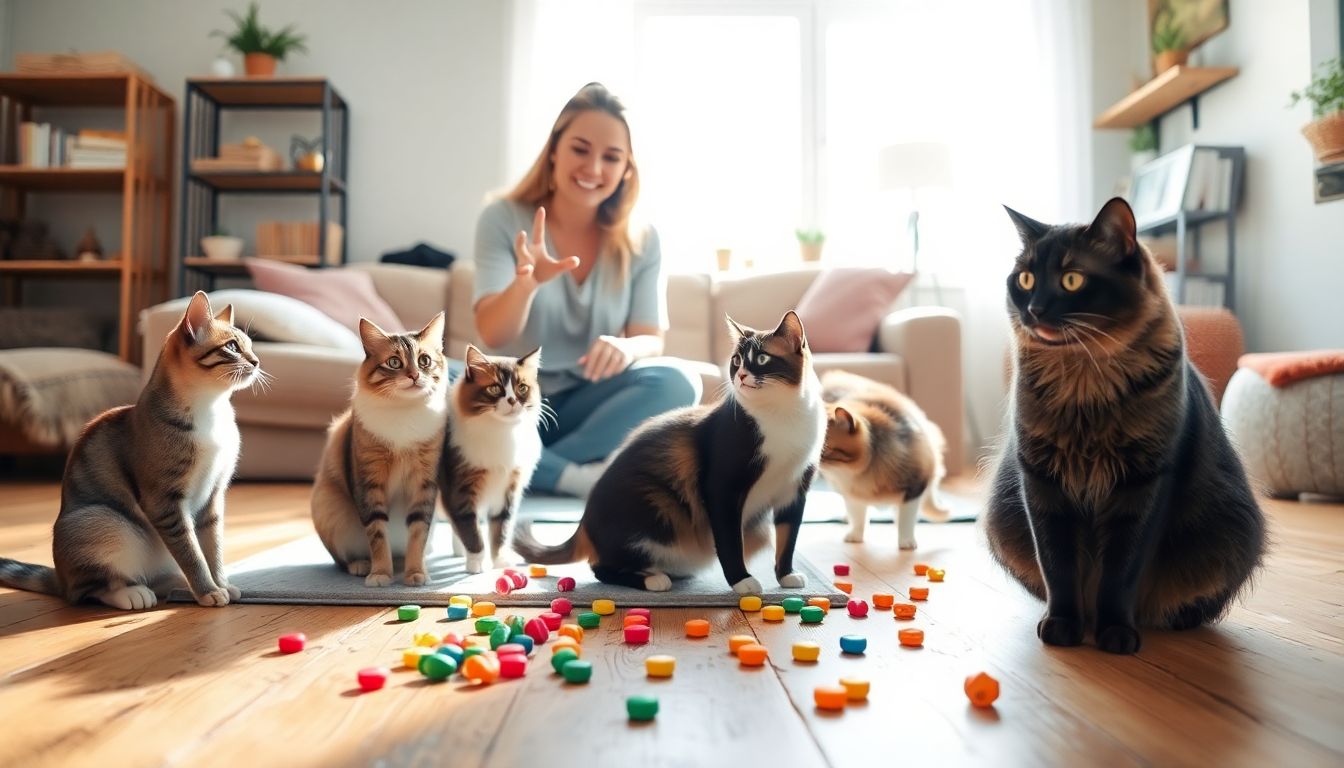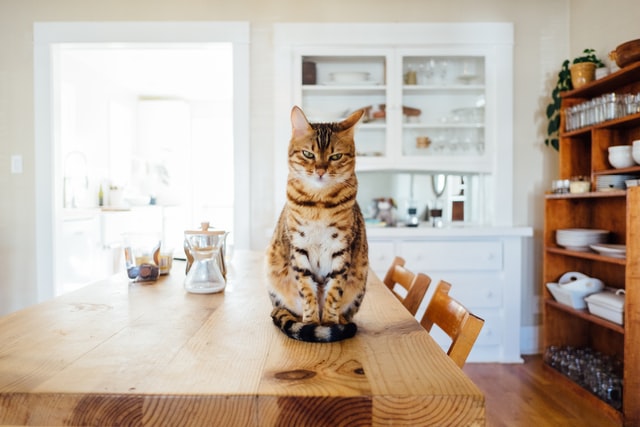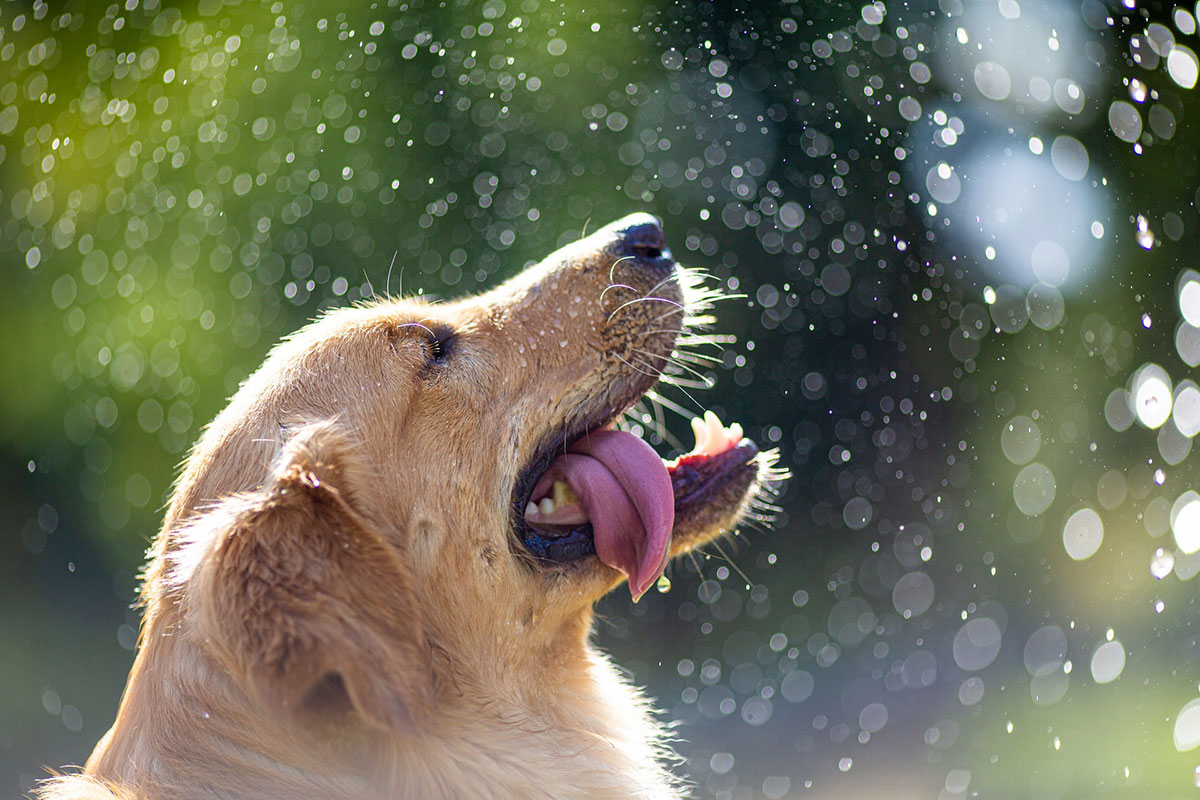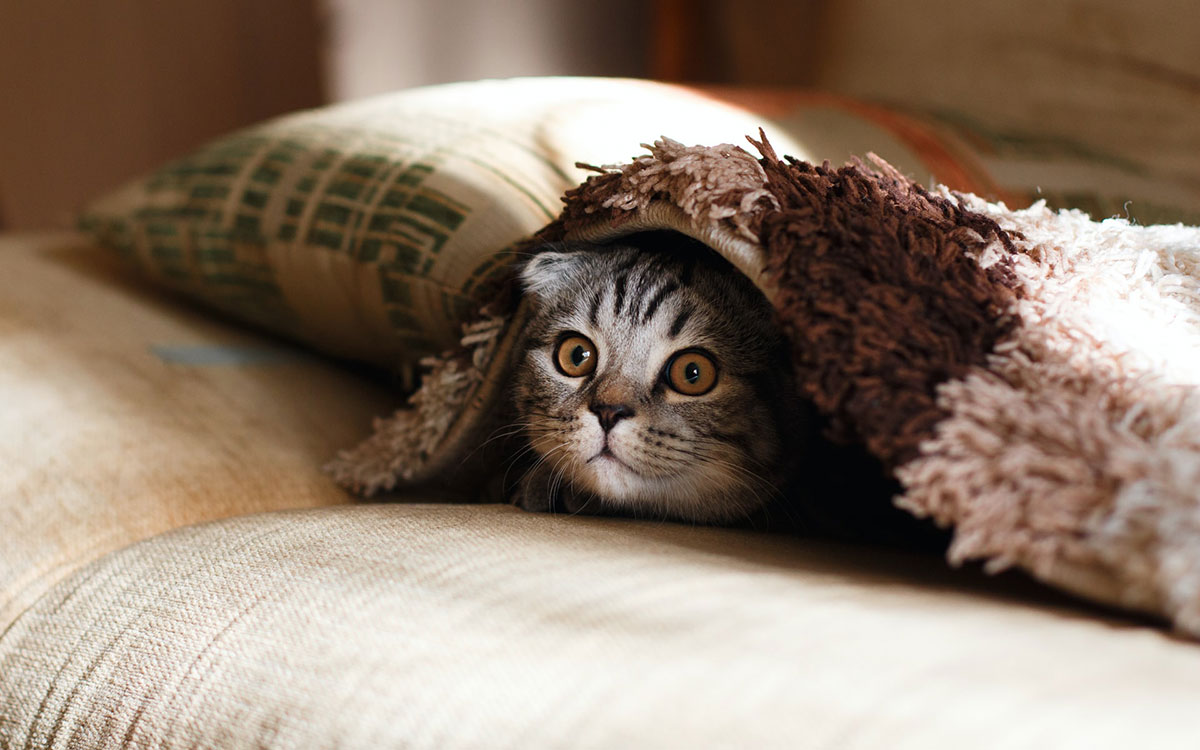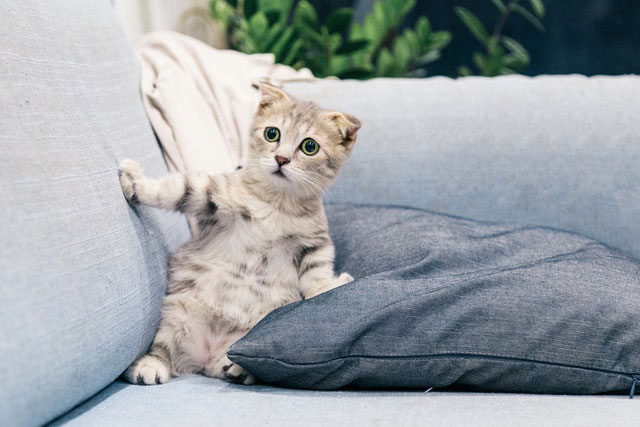Introduction
The foundation of health and happiness in any cat comes from feeding. Nutritional learning for cats leads to good behavior, an optimal weight, and a bond between owners and pets. Unfortunately, many cat owners grapple with challenges such as picky eating, overeating, or trouble at mealtimes. Establishing a structured feeding routine can help solve these problems. It helps keep the cats happy, encourages good behavior, and saves you the trouble of dealing with tiresome feeding routines.
Understanding Cat Nutrition and Feeding Needs
The Basics of Feline Nutrition
Proteins and fats fuel robust growth in kittens, while health in adult cats is maintained through a balanced diet. In the case of a senior cat, softer and different types of diets will help keep aging joints and organs strong. Opt for high-grade commercial food that lists real meat as the number one ingredient. Avoid fillers like degenerate grains and unnatural preservatives. A good diet keeps your cat active and alert, reducing the likelihood of health issues. Poor nutrition often leads to behavioral problems like aggression or over-grooming, as well as weight gain or loss.
How Hunting Instinct Affects Feeding Behavior in Cats
In the wild, a cat’s ancestors would hunt small prey, eat in bursts, and then spend the rest of the day resting or playing. Domestic cats have inherited these instincts, which can make their behavior at mealtime seem strange. There are times when a cat shows no interest in food, and other times it will eat as if it’s going to burst. Mimicking their hunting drive by offering food through puzzle feeders or hiding treats can be beneficial.
Hunger Recognition Signals and Satiety
It’s important to recognize when your cat is hungry and when it is full. Common signs of hunger include meowing at their food bowl, sniffing the dish, or pawing at it. If your cat ignores food or seems over-satiated, it may be full or simply uninterested in the food. Boredom can sometimes trigger begging or excessive grooming, which might be mistaken for hunger. Pay attention to their body language and feeding schedule to avoid overfeeding. These cues help ensure that meal times are appropriate and portions suit your cat’s natural needs.
Preparing for Feed Cats Training
Creating a Regular Feeding Schedule
Cats are creatures of habit. They tend to anticipate mealtimes, and sticking to a schedule helps reduce the tendency for overfeeding. Start with two scheduled feedings per day, one in the morning and one in the evening. If your cat is used to free-feeding, transition gradually by portioning out specific amounts of food at those times. Consistency will build trust and reduce stress associated with mealtimes. Over time, your cat will learn to follow the routine and feel more secure.
Choosing the Right Types of Foods and Feeding Tools
Decide whether you want to feed your cat wet, dry, or raw food. Raw diets are natural but come with risks and require veterinary approval before incorporating them. Be sure to choose wide, shallow bowls to avoid whisker fatigue. Automatic feeders are useful for busy days, and measuring cups or scales can help ensure proper portion control. Using these tools helps prevent overfeeding and helps maintain a healthy weight.
Create a Tranquil Feeding Environment
Some cats dislike noise during mealtimes. If possible, feed your cat in a quiet area, free from other animals. Ensure that dishes are clean and remove uneaten food promptly. Playing soft music or using calming sprays can help create a peaceful atmosphere. A calm space fosters positive associations with eating, making training smoother and more effective.
Stepwise Feed the Cats Training Techniques
Introducing the “Sit” and “Wait” Commands
Basic commands can improve your cat’s manners during mealtimes. Start by teaching your cat to sit before eating. Use treats and praise to reinforce the command. Guide your cat into position, and reward them immediately when they sit. Consistency is key, so practice patience. The “wait” command can be taught next, encouraging your cat to stop just before reaching the bowl. Use the same words and cues every time to establish a routine.
Instructions for Positive Reinforcement: Feeding Behavior
Never punish your cat during training. Instead, reward good behavior with praise, petting, or treats. This encourages them to repeat positive actions. Clicker training can make it easier for cats to understand the desired behavior, as it immediately marks the correct action. When your cat follows the command, follow up with verbal praise like “Good girl” or “Good boy.” Over time, the feeding routine will become associated with positive experiences.
Conclusion
Teaching your cat to eat properly takes patience and consistency. Understand their nutritional needs and natural instincts, create a calm environment, and stick to a routine. Reinforce good behavior using positive methods while allowing room for your cat’s individual preferences. In time, you’ll build trust and healthy eating habits. The result will be happier, healthier cats and stronger bonds between you and your furry friend.
